13-year-old Luca is a sea monster living off the coast of the Italian town of Portorosso, spending his days herding goatfish and dreaming of the world above. But, fearing that humans would hunt him, his parents forbid him from even approaching the surface. Until he meets and befriends Alberto, another sea monster who lives alone above the surface. For it turns out that, when dry, sea monsters become human and revert to their natural forms when wet. The more confident Alberto brings the timid Luca out of his shell, and together they bond over the dream of owning a Vespa and using it to see the world. In order to win enough money to buy one, they decide to enter the Portorosso Cup, after finding a new friend in local girl Giulia. But they also run afoul of the bullying Ercole…
Luca is the feature length directorial debut of Enrico Casarosa (who previously directed the academy award nominated 2011 short film La Luna) and is a “deeply personal” coming-of-age story, taking inspiration from his childhood in Genoa, something reflected in the film’s look, which is deeply rooted in the Italian Riviera of the 1950s & 60s—an era that Casarosa has described as a “golden age that feels timeless”—saturated with both the warm colours evoking a Mediterranean summer and the cool blues and greens of the ocean. The soundtrack even includes era-appropriate Italian pop. The core theme is the celebration of friendship, and so the central narrative thrust is the friendship between Luca and Alberto, which is based on Casarosa himself and his best friend Alberto Surace: “I met my best friend when I was 11. I was really shy and I found this troublemaker of a kid who had a completely different life. Wanted to make a movie about those kinds of friendships that help you grow up…”
So, like Casarosa’s Alberto did for him, film Alberto pushes Luca out of his comfort zone and helps him learn to articulate and chase his dreams. Through this we also organically explore another theme everyone who’s been an adolescent will recognise: the feeling of otherness. This is where the sea monster element comes in. The designs were inspired by Italian myths and regional folklore and function, according to Casarosa, as a metaphor for “feeling different—like being a teen or even pre-teen—any moment where you feel odd.” This fantastical element also lends itself to some wonderful imagination sequences, including one that is aesthetically reminiscent of both Antoine de Saint-Exupéry and Hayao Miyazaki, which were also inspirations for La Luna. And this Ghibli influence can be seen all over the film, from the town of Portorosso itself (which could be seen as a word play on Miyazaki’s 1992 film Porco Rosso), which is the kind of beautiful European setting typical of Miyzaki films—the kind of place you just want to explore and can easily see yourself enjoying a gelato or a pasta dish under an awning—to the narrative itself. For, while there is incident and an antagonist, the plot is firmly character driven, the stakes personal and the pacing fairly leisurely, reminiscent of Ghibli films like Kiki’s Delivery Service and My Neighbour Totoro.
According to Casarosa, Luca is meant to be a “love letter” to the summers of youth, and in this he has succeeded. It’s a lovely film that captures the “timelessness” of childhood summers, celebrating those friendships that come to have a profound impact on us and revelling in what makes us different, all wrapped up in a gorgeously animated bow. A film particularly perfect for the summer holidays, the only shame being Disney chose not to give it a theatrical release, as it definitely deserved one.





